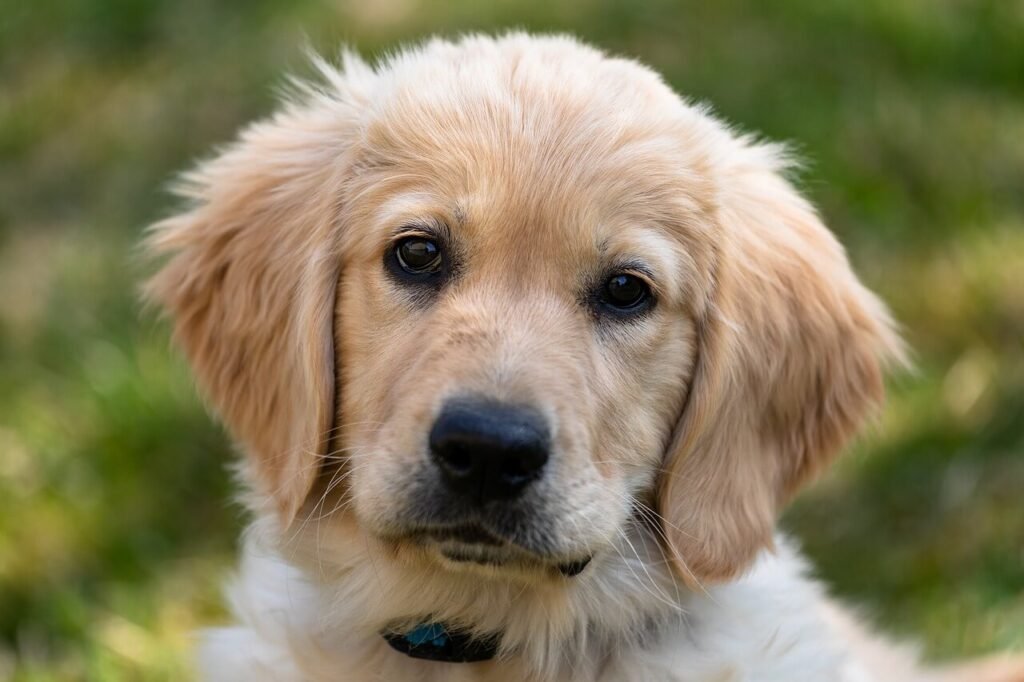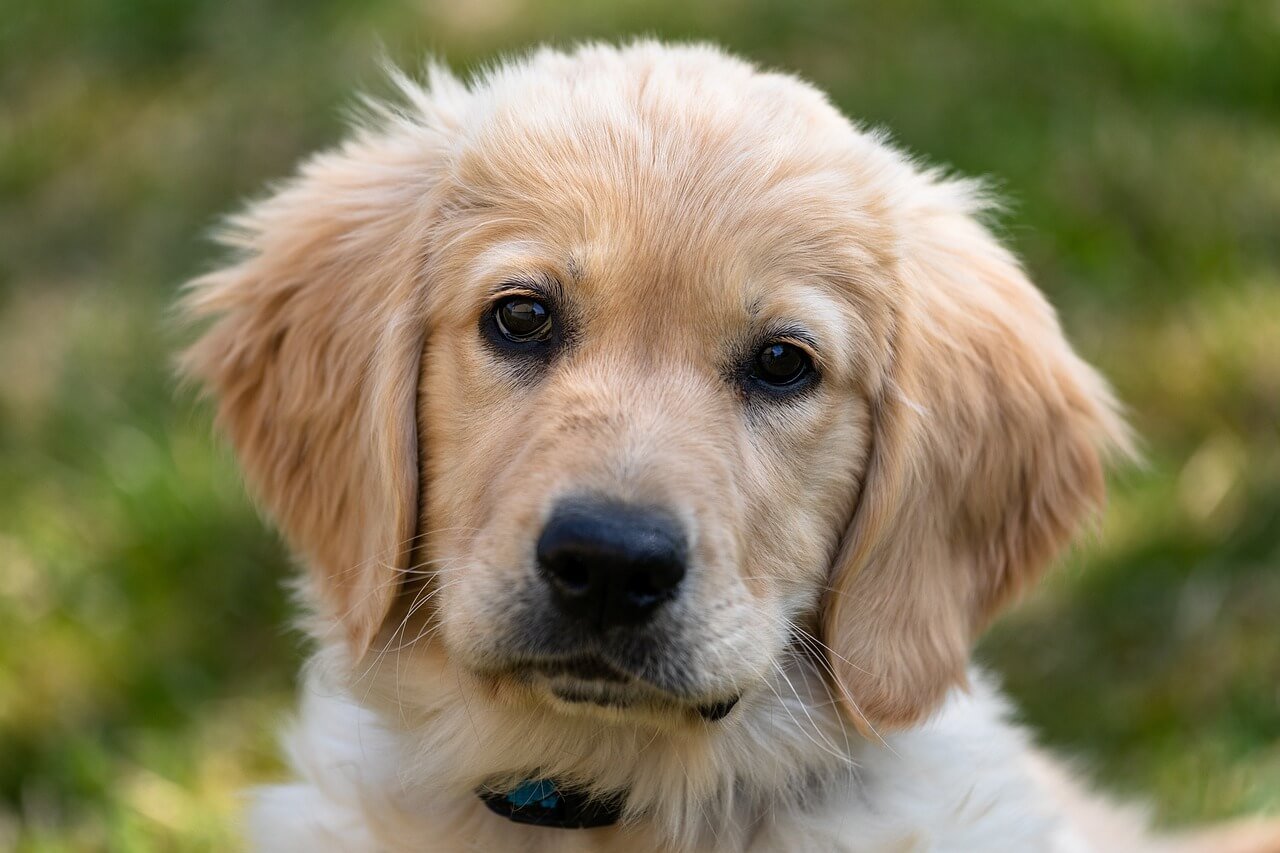What to Do If Your Dog Ate Aluminum Foil
Dogs are notorious for their curious and sometimes mischievous behavior, especially when it comes to exploring the world with their mouths. While most pet owners are vigilant about keeping harmful items out of reach, accidents can still happen—like your dog eating aluminum foil. Whether it’s a small piece or a larger chunk, ingesting foil can pose risks ranging from mild discomfort to serious health concerns. Understanding how to respond in such situations is crucial for ensuring your dog’s safety and well-being. This guide will walk you through what to do if your dog ate aluminum foil, including assessing the situation, seeking professional help, and preventing future incidents.
Immediate Steps to Take If Your Dog Ate Aluminum Foil
If you discover that your dog has eaten aluminum foil, staying calm and acting quickly is essential. Here are the immediate steps you should take to address the situation effectively.
Assess the Quantity Eaten:
Determine how much foil your dog consumed. Small amounts may pass through their system without issue, but larger quantities could cause blockages.Check for Symptoms of Distress:
Look for signs like vomiting, diarrhea, lethargy, or abdominal pain, which may indicate that the foil is causing problems.Do Not Induce Vomiting Without Guidance:
Avoid giving your dog anything to make them vomit unless instructed by a veterinarian, as this could worsen the situation.Call Your Veterinarian:
Contact your vet immediately to describe the incident and seek professional advice tailored to your dog’s specific needs.Monitor Your Dog Closely:
Keep a close eye on your dog’s behavior and physical condition for the next 24-48 hours to catch any developing issues early.
Taking these steps promptly ensures that you’re prepared to handle the situation responsibly and minimize potential harm to your furry friend.

Potential Risks of Ingesting Aluminum Foil
While aluminum foil isn’t inherently toxic, swallowing it can lead to various complications depending on the size, shape, and quantity ingested. Understanding these risks helps you gauge the seriousness of the situation.
Gastrointestinal Blockages:
Sharp or large pieces of foil can obstruct the digestive tract, leading to severe discomfort and requiring surgical intervention.Internal Injuries:
The edges of torn foil can scratch or puncture the stomach or intestines, resulting in infections or bleeding.Choking Hazards:
If the foil gets lodged in the throat, it can obstruct airflow and become a life-threatening emergency.Digestive Irritation:
Even small amounts of foil can irritate the stomach lining, causing symptoms like nausea or loss of appetite.Behavioral Concerns:
Repeatedly eating non-food items, including foil, may indicate an underlying behavioral issue like pica, which requires veterinary evaluation.
Recognizing these risks allows you to act swiftly and appropriately to protect your dog’s health.
Check this guide 👉My Dog Ate My Antibiotics: Best 7 Expert Tips!
Check this guide 👉Dog Ate Vitamin D Pill: Best 7 Expert Tips!
Check this guide 👉My Dog Ate a Mango Seed: Best 7 Expert Tips!
Signs Your Dog May Be in Trouble | Steps to Prevent Future Incidents |
|---|---|
Vomiting or retching after ingestion | Store aluminum foil securely out of reach |
Lethargy or unusual fatigue | Use pet-proof trash cans to avoid access |
Loss of appetite or refusal to eat | Supervise your dog during meal prep |
Abdominal swelling or pain | Provide safe chew toys as alternatives |
Difficulty breathing or choking | Train your dog with “leave it” commands |
When to Seek Veterinary Care Immediately
While some cases of foil ingestion may resolve on their own, others require urgent medical attention. Knowing when to seek professional help can make all the difference for your dog’s recovery.
Persistent Vomiting or Diarrhea:
Frequent episodes of vomiting or diarrhea could signal gastrointestinal distress caused by the foil.Visible Pain or Discomfort:
If your dog whines, cries, or shows signs of pain when touched around the abdomen, it may indicate internal damage.Refusal to Eat or Drink:
A lack of interest in food or water over 12-24 hours suggests the foil may be causing blockages or irritation.Difficulty Breathing:
Labored breathing or coughing could mean the foil is obstructing the airway, requiring immediate intervention.Unusual Behavior Changes:
Sudden changes in behavior, such as extreme lethargy or aggression, warrant a vet visit to rule out serious complications.
Prompt veterinary care can prevent minor issues from escalating into major health concerns.
How to Prevent Your Dog from Eating Aluminum Foil
Prevention is always better than cure when it comes to protecting your dog from accidental ingestion. These tips can help safeguard your home and reduce the risk of similar incidents.
Store Foil Securely:
Keep aluminum foil and other hazardous materials in cabinets or drawers that your dog cannot access.Use Pet-Safe Trash Cans:
Invest in trash cans with locking lids to prevent your dog from rummaging through discarded foil or wrappers.Supervise During Meal Prep:
Dogs are more likely to grab foil while you’re cooking or cleaning up. Stay attentive and remove temptation promptly.Provide Safe Chew Alternatives:
Offer durable chew toys or treats designed for dogs to satisfy their chewing instincts safely.Train Basic Commands:
Teach your dog commands like “leave it” or “drop it” to discourage them from picking up forbidden items.
By implementing these strategies, you can create a safer environment for your dog and minimize the chances of accidental ingestion.
Signs That Indicate Your Dog Is Choking
If your dog has eaten aluminum foil, it’s important to recognize signs of choking, as this can escalate quickly into a life-threatening situation.
Pawing at the Mouth:
Dogs often paw at their face when they feel something stuck in their throat, signaling a possible choking hazard.Gagging or Retching Sounds:
These sounds indicate that your dog is struggling to dislodge the object blocking their airway.Excessive Drooling:
Unusual drooling can occur when a foreign object irritates the mouth or throat.Blue Gums or Tongue:
Bluish gums or tongue suggest oxygen deprivation and require immediate action.Collapse or Weakness:
If your dog collapses, it means they’re unable to breathe properly and need urgent help.
Recognizing these signs ensures you can act swiftly to save your dog’s life.
How to Safely Remove Foil from Your Dog’s Mouth
If you suspect your dog has foil stuck in their mouth, removing it safely is critical to avoid further injury.
Stay Calm and Approach Gently:
Approach your dog slowly to avoid startling them, which could cause them to bite or swallow the foil accidentally.Open the Mouth Carefully:
Use one hand to hold the upper jaw and gently open the mouth wide enough to inspect for foil.Use Tweezers or Gloves:
Wear gloves or use sterilized tweezers to carefully extract the foil without damaging your dog’s mouth or throat.Avoid Pushing the Object Further:
Be cautious not to push the foil deeper into the throat, as this could worsen the blockage.Seek Help If Unsure:
If you’re unable to remove the foil safely, contact your vet immediately for assistance.
Following these steps minimizes the risk of injury while attempting to help your dog.
Training Techniques to Stop Your Dog from Eating Non-Food Items
Curbing your dog’s habit of eating non-food items like aluminum foil requires consistent training and reinforcement.
Teach the “Leave It” Command:
Practice the “leave it” command regularly to teach your dog to ignore tempting objects.Reward Positive Behavior:
Praise and reward your dog whenever they avoid or drop forbidden items to reinforce good habits.Redirect Attention:
When you notice your dog sniffing or approaching foil, redirect their focus to a toy or treat instead.Limit Access to Temptations:
Keep hazardous items out of sight and reach to reduce opportunities for curiosity-driven behavior.Consult a Professional Trainer:
If your dog continues to eat non-food items despite training, seek guidance from a certified dog trainer or behaviorist.
With patience and consistency, these techniques can help break the cycle of unwanted behaviors.
Frequently Asked Questions About Dogs Eating Aluminum Foil
Is aluminum foil toxic to dogs?
Aluminum foil itself is not highly toxic, but it can cause physical harm due to its shape and texture.
What should I do if my dog eats foil?
Contact your veterinarian immediately and monitor your dog for symptoms of distress.
Can my dog pass aluminum foil naturally?
Small amounts may pass without issue, but larger pieces could cause blockages requiring medical attention.
How can I stop my dog from eating non-food items?
Training, supervision, and providing appropriate chew toys can help redirect their behavior.
Are there long-term effects of eating foil?
If no complications arise, most dogs recover fully, but persistent symptoms warrant a vet visit.
Staying Vigilant for Your Dog’s Safety
Discovering that your dog ate aluminum foil can be alarming, but knowing how to respond makes all the difference. By staying calm, assessing the situation, and seeking professional help when needed, you can ensure your dog’s safety and well-being. Prevention remains the best strategy, so take proactive measures to keep hazardous items out of reach and train your dog to avoid dangerous behaviors. With love, care, and vigilance, you can protect your furry companion and enjoy many happy, healthy years together.
Cat Fever Treatment: Best 7 Expert Tips! Discover expert advice on identifying, managing, and treating fever in cats to ensure their quick recovery and well-being.
Understanding Meloxicam for Cats: Best 7 Expert Tips! Learn how to safely administer meloxicam, manage side effects, and ensure your cat's comfort with expert advice on feline pain relief.
Amoxicillin for Cat UTI: Best 7 Expert Tips! Discover safe usage, dosage guidelines, and expert advice on treating feline urinary tract infections effectively with amoxicillin.
Understanding Cat Cancer Treatment: Best 7 Expert Tips! Discover expert advice on managing feline cancer, from early detection to treatment options, ensuring your cat’s health and comfort.





